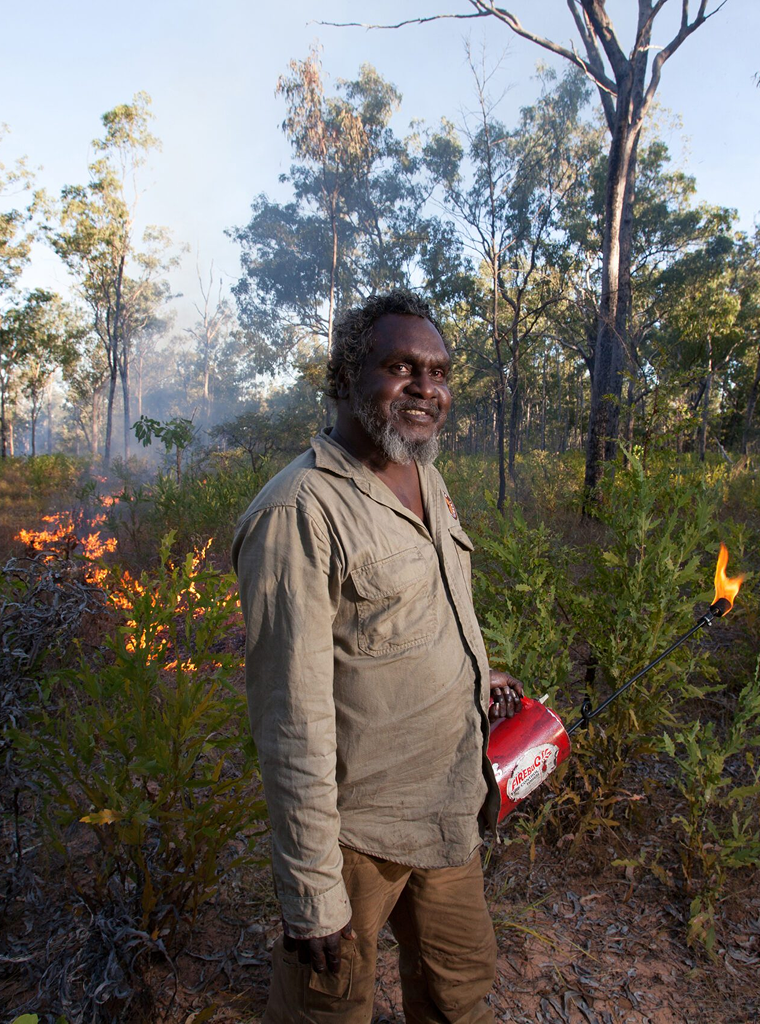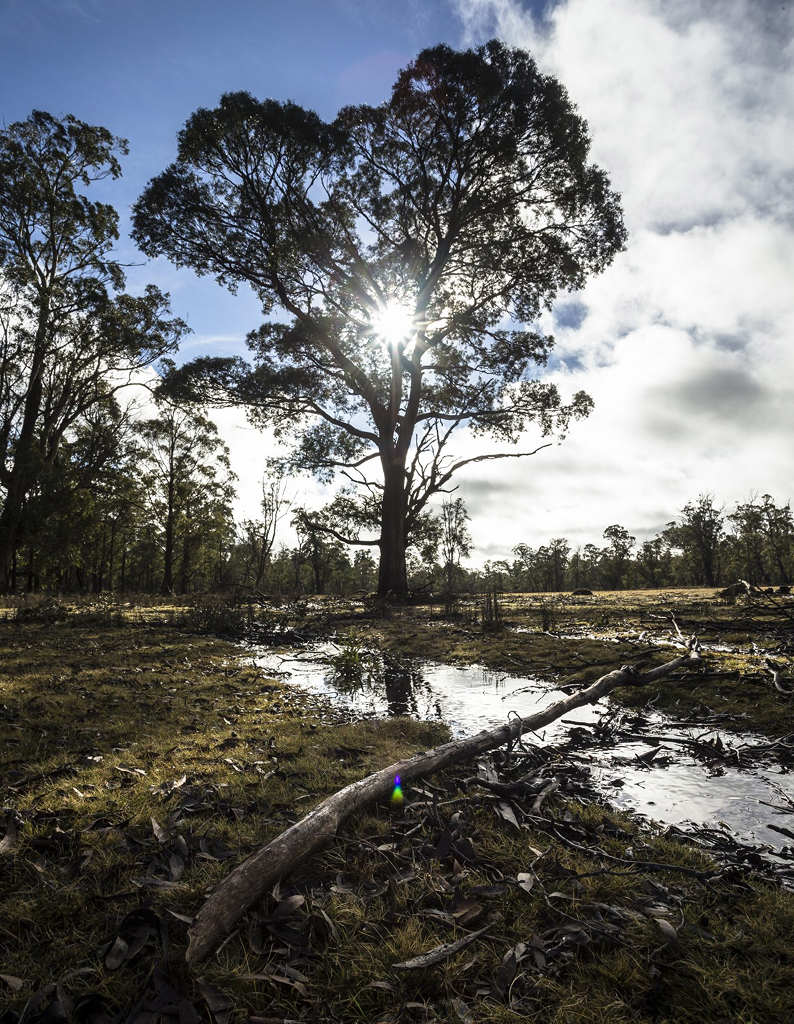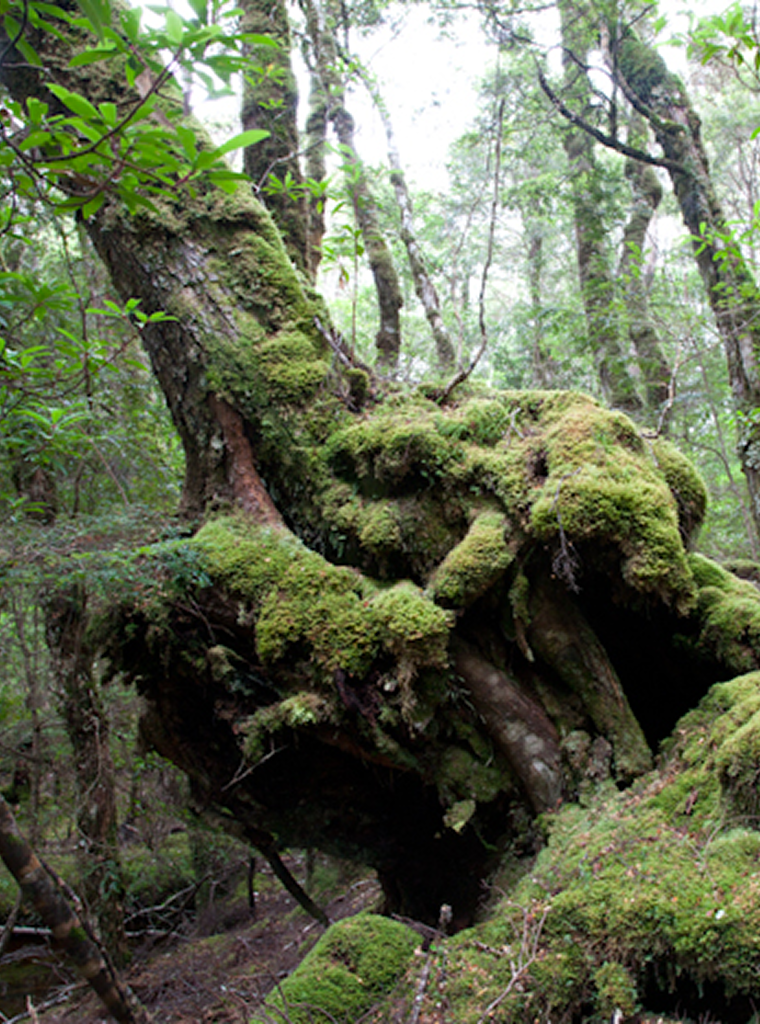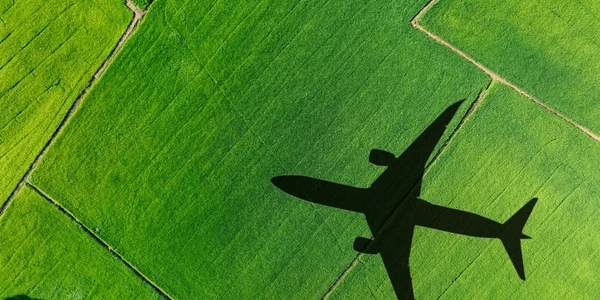Sustainability
Antarctica is one of the last truly untouched natural environments on Earth
Its extreme conditions and isolation have kept it largely free from human influence through history, and The Antarctic Treaty plays a key role in protecting the region, limiting activities that can negatively impact it.
Skytraders is committed to reducing the environmental impact of its flight operations and ensures net zero carbon emissions on its operations to Antarctica.
The company has developed a comprehensive Environmental Management System (EMS) to manage its environmental footprint and ensure responsible operational practices across its business.

Indigenous Savanna Fire Management Program (Northern Territory)
A controlled burn program provides significant environmental and cultural benefits.
It reduces carbon emissions by preventing large-scale wildfires, supports biodiversity through ecosystem management and native species protection, and revives traditional land management practices, preserving cultural heritage.
The project also aligns with multiple United Nations Sustainable Development Goals (SDGs).

New Leaf Carbon Project (Tasmania)
This forest restoration project targets degraded lands to promote carbon sequestration through tree growth, contributing to long-term CO2 storage.
It also restores ecosystems by reintroducing native plant species that support local wildlife.
Sustainable land management practices ensure climate resilience and ongoing carbon capture, aligning the project with multiple UN Sustainable Development Goals (SDGs).

Native Forest Regeneration Portfolio (New South Wales & Queensland)
Regeneration projects focus on restoring previously used or unmanaged land, enabling forests to naturally regrow and absorb carbon dioxide.
These efforts also boost biodiversity and improve water retention, benefiting ecosystems and communities. Designed for long-term sustainability, the projects ensure continued carbon capture and support several UN Sustainable Development Goals (SDGs).

Skytraders works closely with accredited third-party organizations to regularly verify the outcomes of each program. This includes auditing the amount of carbon offset through direct measurements, forest health assessments, and review of fire management outcomes. We also ensures that the offset credits generated by these projects are independently verified and meet recognized standards, such as the Verified Carbon Standard (VCS), ensuring transparency and credibility. Through this detailed carbon offset program,

